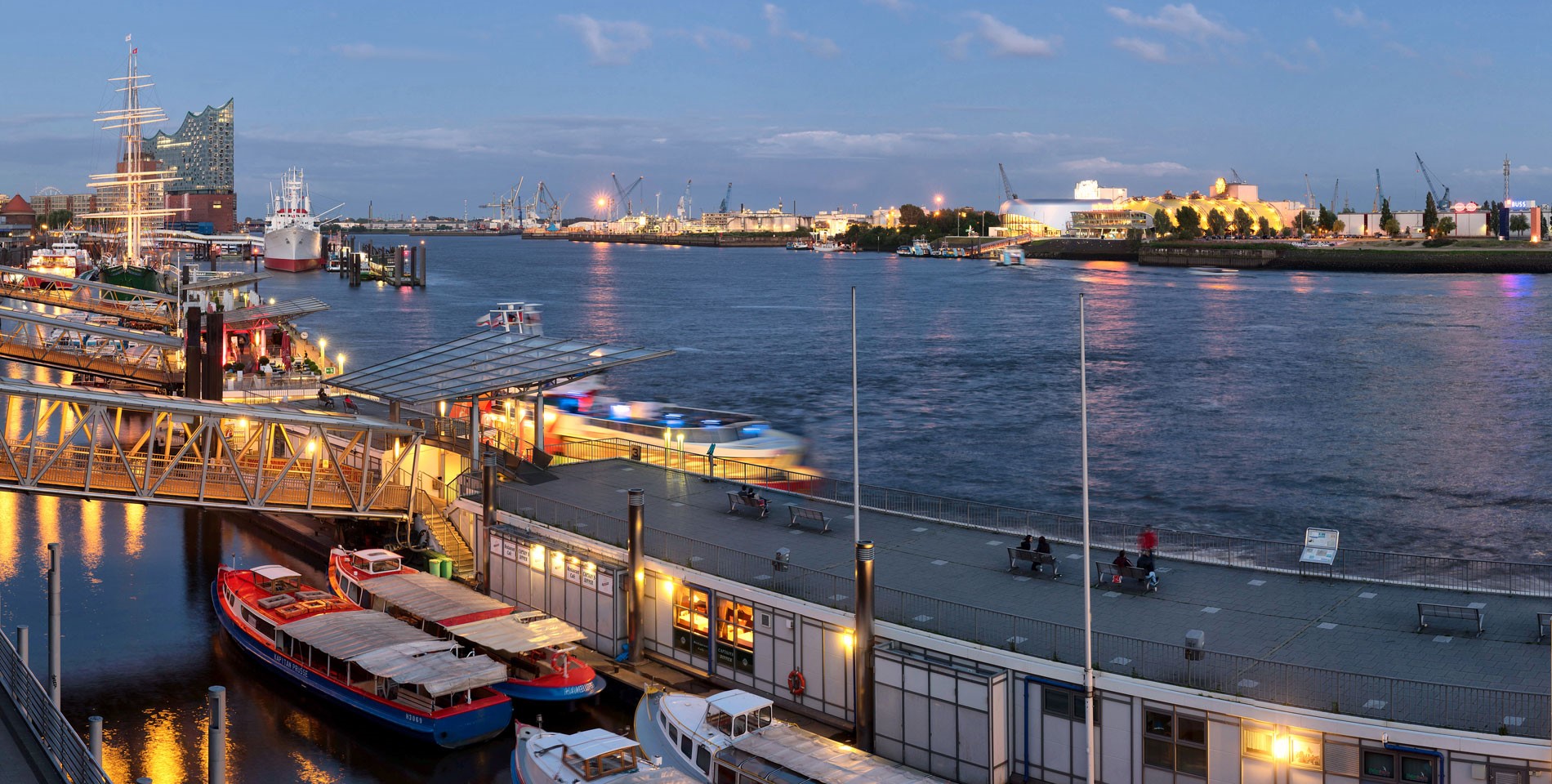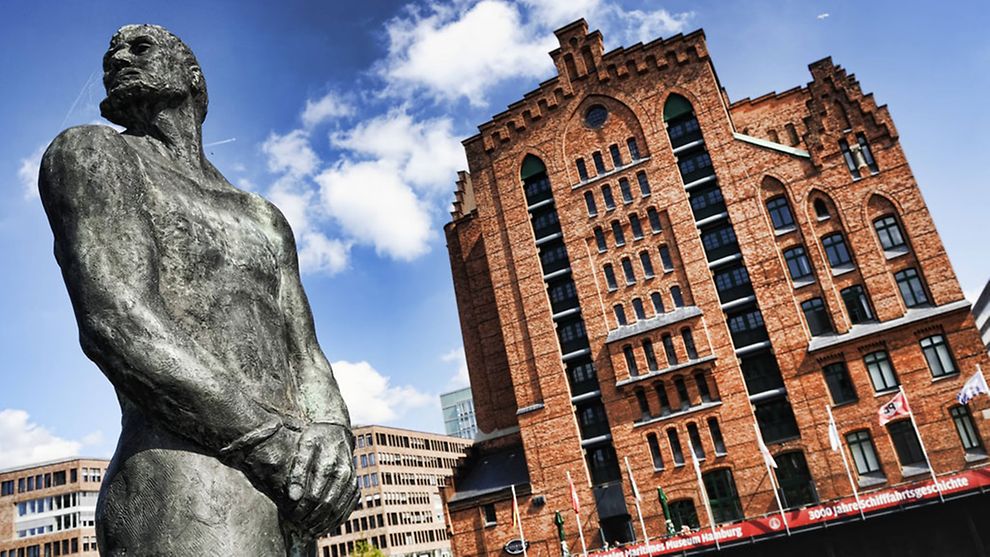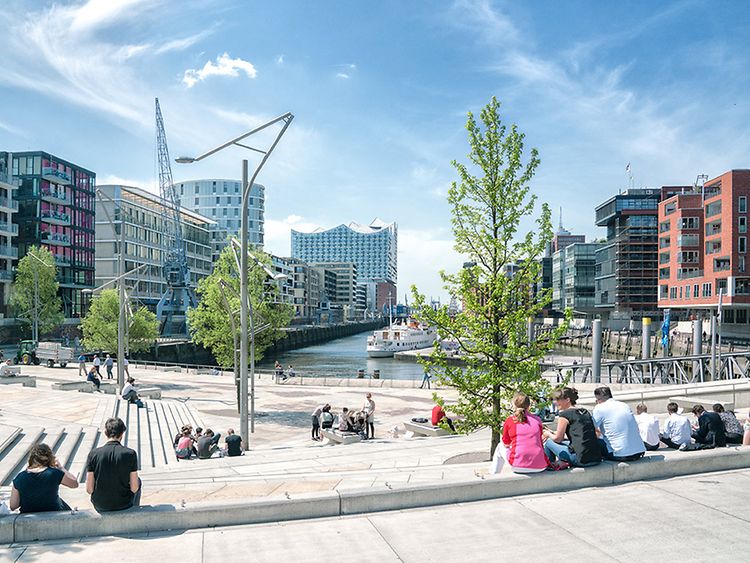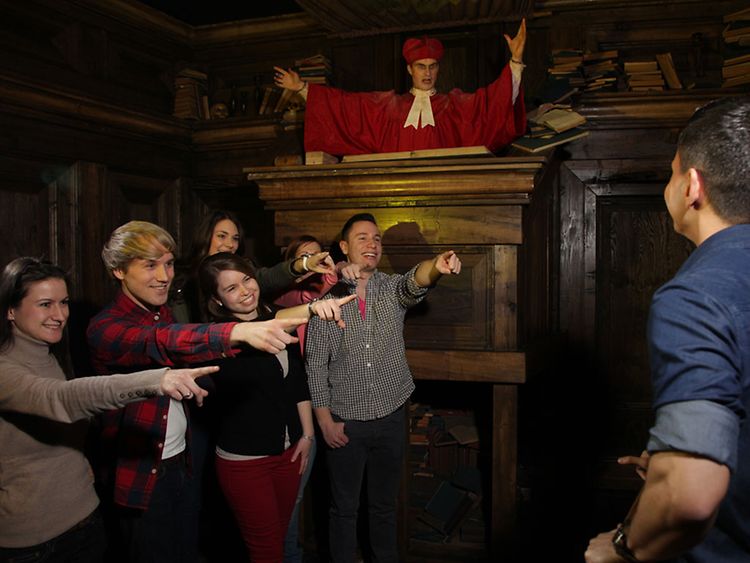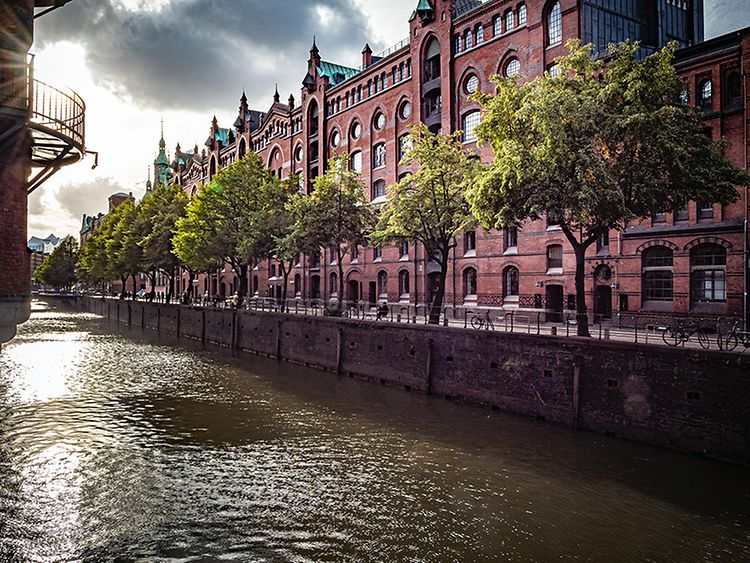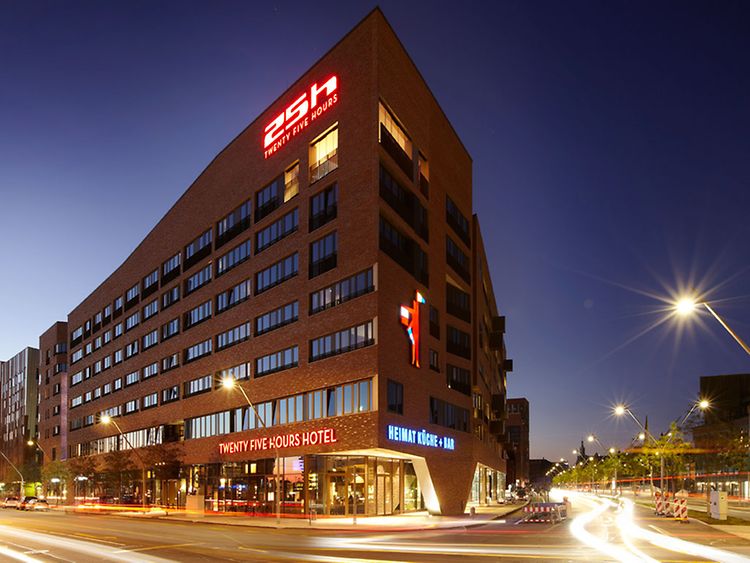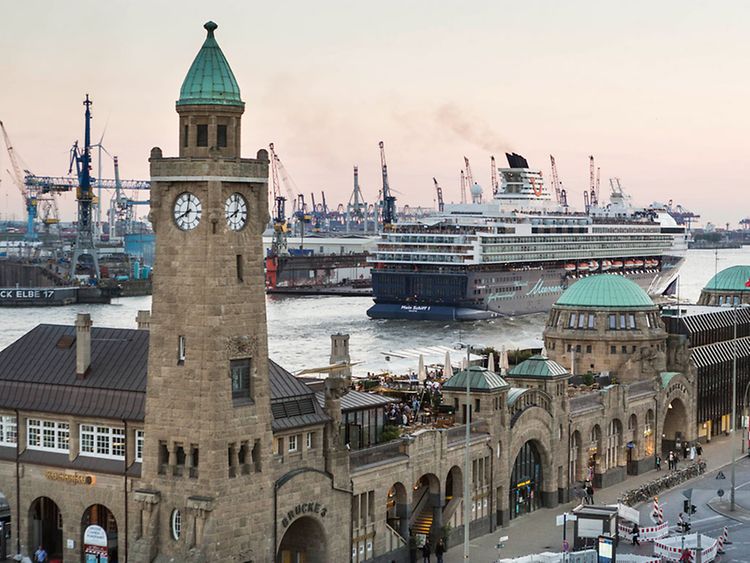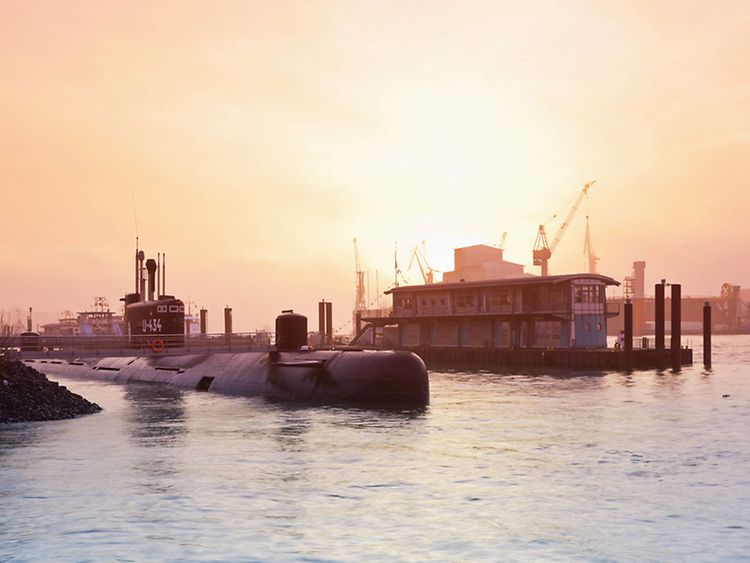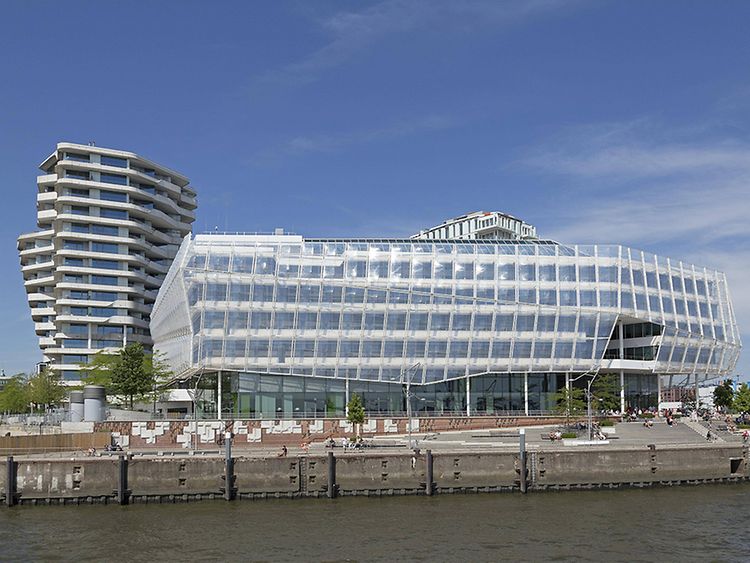Hamburg’s Most Famous Pirate
In 1878, workers discovered a skull on the island of Grasbrook, a section of what is today known as HafenCity. Due to its age and signs of certain injuries, the skull was attributed to Klaus Störtebeker, one of the pirates who terrorized northern German cities in the late Middle Ages. Together with his seventy-man crew, he attacked the merchant ships of the Hanseatic League as they transported valuable goods such as wax, salt and potash.
Arrest on Heligoland
Due to the increasing economic importance of trade, North German cities banded together starting in the 13th century to fight piracy, creating an alliance which Hamburg joined in the 14th century. Although Störtebeker was able to escape these pursuers time and time again, in 1401 he was finally captured and put before the law on the island of Heligoland.
Legend has it that this capture was only made possible by an on-board traitor who sabotaged Störtebeker’s ship. Thus the entire crew was apprehended and eventually brought to Hamburg aboard the ship Bunte Kuh (‘Motley Cow’ in English) to face judgement.
Legendary Execution on the Grasbrook
Captain and crew were brought before the Senate of Hamburg and sentenced to death. On 20 October of the same year, the legendary execution was set to take place at the Grasbrook. A huge crowd of onlookers attended the spectacle.
Störtebeker was to be beheaded first. But before a fatal blow was dealt, he managed to wrest a promise from the mayor to pardon those men whom he could still walk past without a head atop his body. The mayor gave him his word, and Störtebeker is said to have run past eleven of his men before his headless body was tripped by the executioner. However, the legend goes that the mayor then broke his promise and executed the entire 73-man crew, including the eleven Störtebeker passed after his beheading. The heads of all the executed men were impaled on spikes and set up as a deterrent to other pirates along the Elbe.
HafenCity memorial
‘God's friend, the world's enemy!’ So reads the inscription on the Störtebeker memorial in the HafenCity, which was erected in August 1982. Although the statue is a popular tourist attraction, it certainly raises questions about Störtbeker’s legacy in Hamburg. Does the memorial turn this once-feared pirate into a hero or encourage deterrence? In any case, it’s not every day that a city erects a memorial to a sworn enemy and executed criminal.
Getting there:
The HafenCity memorial to Klaus Störtebeker can be reached on foot from the U4 station Überseequartier or the 111 bus stop Osakaallee.
Additionally, there are parking spots nearby at Lohseplatz 1, 20457 Hamburg.
To learn more about Klaus Störtebeker, visit the Museum of Hamburg History.
And if you want to channel the spirit of Störtebeker over a beer or coffee, be sure to check out the Chefs Warehouse at Störtebeker restaurant in the Elbphilharmonie.
